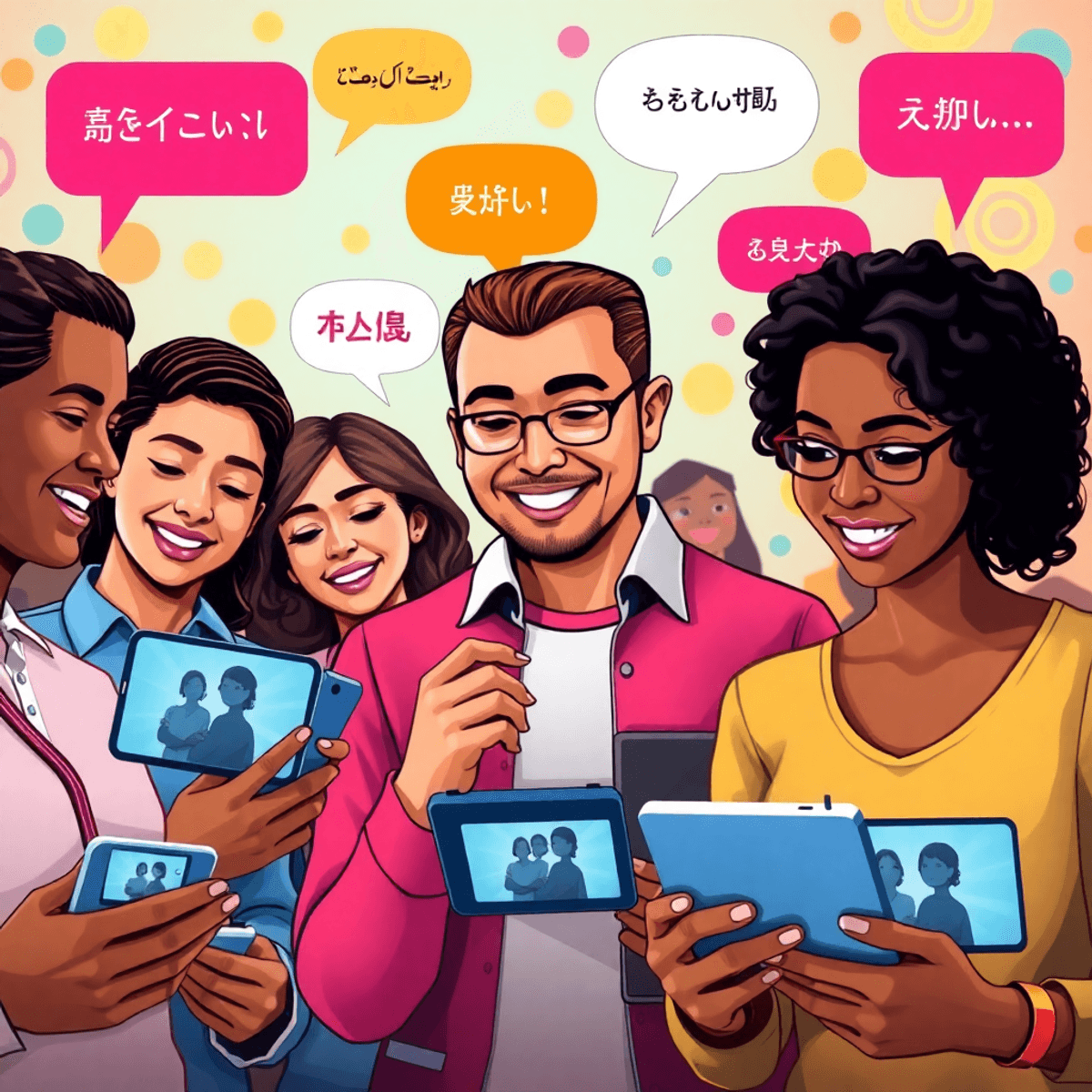Video content is a strong way for businesses and creators to connect with their audiences. With platforms like YouTube, TikTok, and Instagram, video has become the go-to choice for sharing information, entertainment, and marketing. Research shows that people remember 95% of a message when they see it in a video, compared to only 10% when reading text. This highlights the need to include video in your online strategy to clearly share your brand's message and engage with your audience.
As businesses grow globally, they encounter language challenges. With over 7,000 languages spoken around the world, making videos that appeal to various audiences can be tough. Traditional translation methods, like hiring translators or adding subtitles, can take a lot of time and money, especially for those with many videos. The demand for video translation services is increasing, leading to AI-powered video translation as an innovative solution.
AI-powered video translation uses advanced technology to automatically translate video content into different languages. This helps businesses overcome language barriers and reach more people worldwide. By providing videos in viewers' native languages, companies can boost engagement, increase viewing time, and drive sales.
Understanding AI-Powered Video Translation
AI-powered video translation is changing how businesses adapt their content for global audiences. This section explains what AI video translation is, how it works, and its benefits over traditional methods.
What is AI video translation?
AI video translation means using artificial intelligence to automatically change video content from one language to another. Unlike traditional methods that depend on human translators, AI video translation uses algorithms to analyze a video's audio and text components and create translations in the target language. This allows businesses to easily adapt their videos without much manual effort.
The technology behind AI video translation
The technology behind AI video translation includes machine learning algorithms, natural language processing (NLP), speech recognition, and speech synthesis. Machine learning algorithms trained on large amounts of language data understand different languages' details. NLP techniques help break down sentence structure and meaning to ensure accurate translations that keep the original message.
The process usually includes these steps:
- Transcription: AI listens to the video's audio and converts it into text.
- Translation: The written text is translated into the desired language using NLP.
- Text-to-Speech (TTS): The translated text is turned into natural-sounding speech.
- Lip Sync: AI adjusts lip movements to match the translated speech for a realistic viewing experience.
Advantages of using AI for video translation
One main benefit of AI in video translation is that it works much faster than traditional methods. Businesses can translate content into several languages in minutes or hours instead of days or weeks. This speed is essential in today’s fast-paced online world, where timely content matters.
Moreover, AI video translation is cost-effective because it reduces the need for expensive translators for each language. It allows businesses to adapt their content across different languages without high costs. By using this technology in your marketing strategy, you can reach a global audience while keeping your videos engaging and accessible across cultures.
As you think about expanding into international markets through inclusive content creation, remember how effective video localization can help: it not only breaks down language barriers but also builds stronger connections with diverse viewers.
FAQs (Frequently Asked Questions)
Why is video content considered a powerful tool for businesses?
Video content is a powerful tool for businesses and content creators because it significantly enhances message retention, with studies showing that viewers retain 95% of a message when consumed through video compared to just 10% when reading text.
What challenges do language barriers pose for global business expansion?
Language barriers can hinder global business expansion by limiting the ability to effectively communicate with diverse audiences, making it difficult to reach potential customers and engage with them on a meaningful level.
How does AI-powered video translation work?
AI-powered video translation utilizes advanced technologies such as machine learning, natural language processing (NLP), and speech recognition/synthesis. The process involves transcription of the original audio, translation into the target language, text-to-speech (TTS) generation, and lip syncing to ensure the translated audio matches the speaker's lip movements.
What are the advantages of using AI for video translation?
The advantages of AI video translation include faster turnaround times, cost-effectiveness, scalability, and improved quality and accuracy of translations. This technology allows businesses to produce high-quality translated videos quickly without incurring high costs.
What steps should I follow to translate videos using AI?
To translate videos using AI, follow these steps: prepare your content, choose an appropriate translation tool (such as Google Translate, Amazon Translate, or DeepL), upload and process your video through the selected tool, and finally review and edit the translated video to ensure accuracy.
What benefits does AI video translation provide?
AI video translation offers numerous benefits including wider audience reach by breaking language barriers, enhanced accessibility for hearing-impaired viewers, increased user engagement through longer watch times and reduced bounce rates, and the ability to expand a brand's international presence in new markets.

Comments
Post a Comment